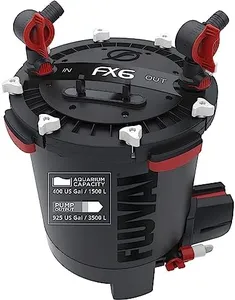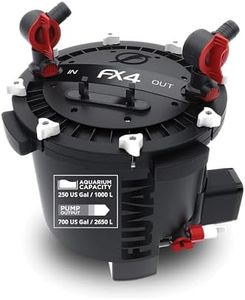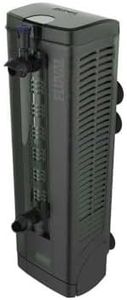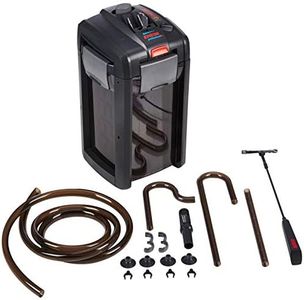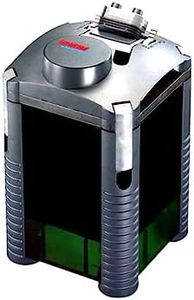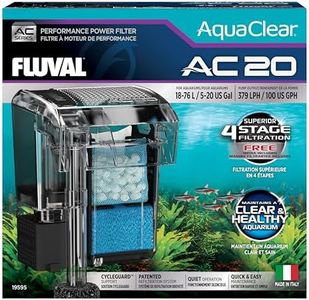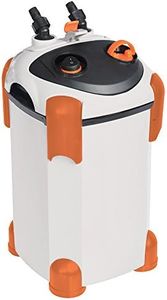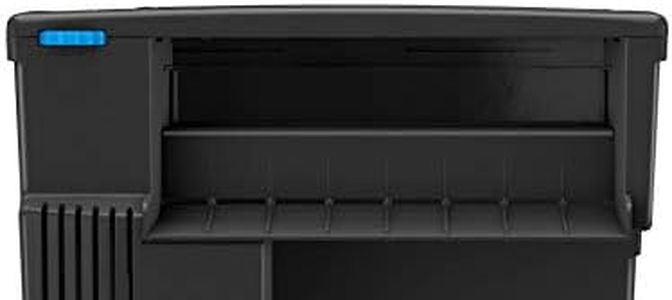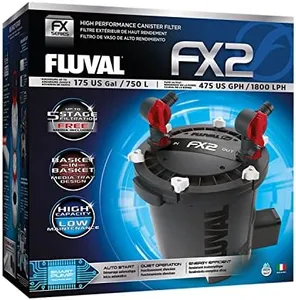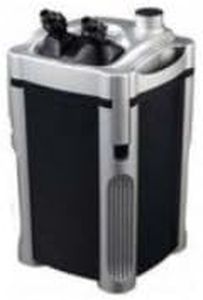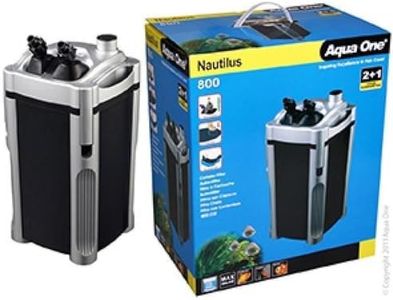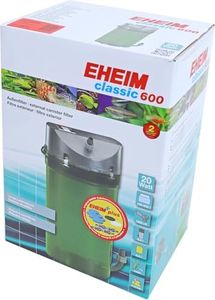We Use CookiesWe use cookies to enhance the security, performance,
functionality and for analytical and promotional activities. By continuing to browse this site you
are agreeing to our privacy policy
10 Best Aquarium Filter System
From leading brands and best sellers available on the web.Buying Guide for the Best Aquarium Filter System
Choosing the right aquarium filter system is vital for maintaining a healthy aquatic environment. A good filter keeps the water clean, reduces the frequency of cleaning, and helps keep fish and plants healthy by removing waste, chemicals, and debris. When picking a filter, think about the size of your aquarium, the type (freshwater or saltwater), the types of fish you keep, and how much maintenance you are willing to do. Your needs and the needs of your tank's inhabitants are the best guides in selecting the most suitable filtration system.Filtration TypeFiltration comes in three main types: mechanical, biological, and chemical. Mechanical filtration traps and removes physical debris like fish waste and uneaten food. Biological filtration uses beneficial bacteria to break down harmful toxins from fish waste. Chemical filtration removes dissolved substances using materials like activated carbon. Many filters combine all three, but your tank's needs may suggest a focus on one—community tanks benefit greatly from biological filtration, while tanks prone to cloudiness can benefit from strong mechanical filters.
Filter Capacity (Flow Rate)Flow rate is measured in gallons (or liters) per hour. It tells you how much water the filter can process and cycle through. This is important because an undersized filter may not clean your tank effectively, while an oversized filter might create strong currents that stress small or delicate fish. As a general rule, aim for a filter that can process all the water in your tank at least 3-5 times per hour. For example, a 20-gallon tank would need a filter with a minimum flow rate of 60-100 gallons per hour. Pick according to your tank size and the activity level of your inhabitants—with slow-moving fish or planted tanks, gentler flow rates are better.
Ease of MaintenanceFilters need regular cleaning and occasional part replacements, so maintenance is an important consideration. Some filters can be easily accessed and cleaned without disassembling the entire unit, while others may require more effort. If you prefer a hassle-free experience, look for systems with removable cartridges or accessible filter media trays. Someone willing to spend more time maintaining a filter might explore more complex systems, but for most, easy maintenance encourages better tank hygiene.
Noise LevelFilters run continuously, so noise can be a concern, especially if the aquarium is in a bedroom or living area. Some designs are nearly silent, while others generate noticeable hums or vibration. If quiet operation is important for you, consider filters specifically designed for low noise. For tanks in busy rooms, a slight hum may not matter, but for quiet spaces, check reviews or specs that mention noise output.
Filter Placement (Internal vs. External)Filters are either placed inside the tank (internal) or outside (external/canister). Internal filters are easier to install and maintain, making them suitable for small to medium tanks. External filters usually handle higher volumes and offer better filtration for larger tanks but require more space around the aquarium and more involved setup. Consider your tank size, available space, and willingness to manage hoses and connectors when picking between internal and external options.
Media CustomizationFilter media refers to the materials inside the filter that perform the actual cleaning. Some systems let you customize the media, swapping out sponges, bio-rings, or charcoal as needed. This is helpful if you want to tailor filtration for certain fish or special conditions. If you like fine-tuning your tank environment, pick a filter with customizable media trays; otherwise, simple cartridge-based filters work well for standard home aquariums.
